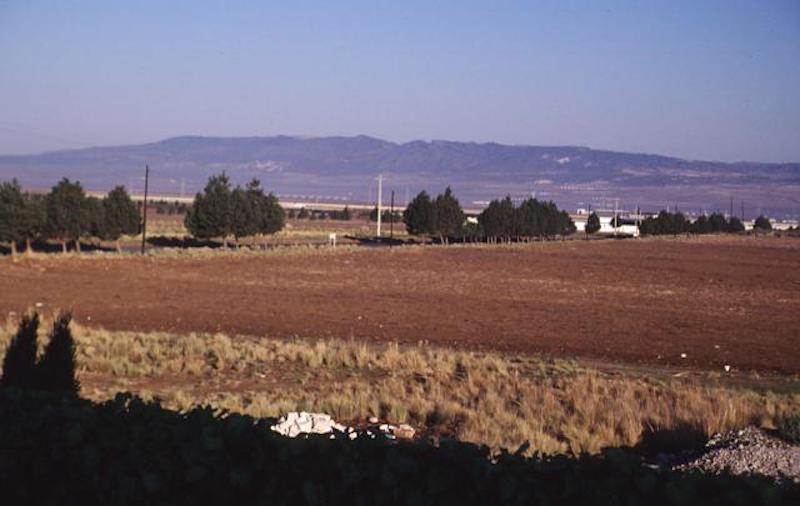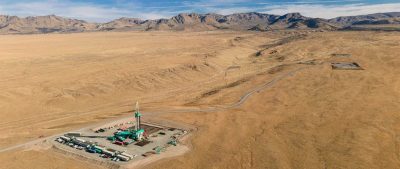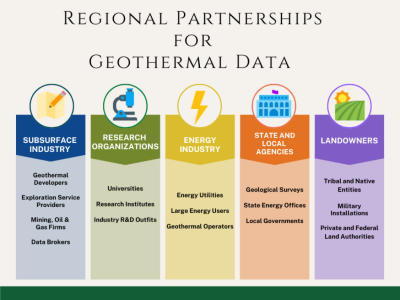La empresa islandesa ISOR, participa en estudio Mexicano centrado en sistemas geotermales de calor supercrítico
La empresa islandesa ISOR, junto a GEMex, están participando en un proyecto de investigación geotérmico, que se realiza en cooperación entre la EU y México, buscando por sistemas geotérmicos EGS y sistemas geotérmicos súper calientes, en dos campos geotérmicos en México.
(PiensaGeotermia en “modo vacaciones”)
Iceland GeoSurvey (ÍSOR) has announced its participation in a new research project in Mexico. The study is looking into very hot geothermal systems (> 350 degrees Celsius) as well as systems that have been stimulated. The project entitled GEMex (Cooperation in Europe Geothermal energy research-Mexico for development of Enhanced Geothermal Systems Geothermal Systems and Superhot).
The project started in October last year, and is a three-year collaboration between 24 institutions in Europe and 9 institutions in Mexico. The purpose is to develop knowledge and processing of hot and boosted (hot EGS system) and super-hot (SHGS) geothermal systems. The project is funded by the European Union (Horizon 2020) and the Ministry of Energy in Mexico with EUR 10 million ($10.8 million) from each.
Standard use of the high heat areas normally takes place at a relatively shallow depth of 1,000 to 3,000 meters, where the temperature is usually 200-350 degrees Celsius, and there is good permeability. The utilization of these traditional geothermal reservoirs is generally well-known, both in methods and technology. However, this is not the case for a large part of geothermal energy resources around the world, often referred to as alternative geothermal areas. Utilization of these areas has attracted interest by the geothermal industry and the scientific world. Research aims to see, know and better understand these areas that could form the basis of their utilization. Among the alternative areas are high temperature areas where permeability is low, but the temperature can be very high in the geothermal systems. In such systems, to apply stimulation measures to increase the flow of geothermal fluid in the wells and thus induce permeability (hot EGS system).
Another class of atypical geothermal systems are so-called super-hot geothermal system (SHGS) where geothermal fluid exceeds 350 degrees Celsius. These systems require extensive safety measures for drilling and hole design and one often has to deal with complex and difficult chemical composition of the geothermal fluid which tends to chemical corrosion and wear.
In the GEMex project, there were two alternative areas selected for further research in Mexico: Acoculco, which is considered a hot EGS system, and Los Humeros is considered an SHGS systems. The intention is to develop methods of surface exploration and drilling in conventional geothermal and apply them to these new alternative areas.
On the Acoculco site there are two wells. They are up in the dry heat of 306 degrees Celsius at a depth of over 2,000 meters. High temperature gradient makes the area particularly interesting as an EGS-area.
The Los Humeros area is used for electricity generation (65 MWe) and 49 wells have been drilled, of which 25 are used for processing and the highest measured temperature is 389 degrees Celsius at a depth of 2,000 meters. The northern part is much hotter (> 380 degrees Celsius) than the area used right now. High temperature and chemical composition of the liquid is as a significant challenge. Geological and geophysical information is scarce yet and there is considerable work to be done to realize the rated capacity of the site and conquer technical problems.
GEMex project is divided into three main work packages:
- SP1 (Resource Assessment)
- SP2 (Reservoir characterization)
- SP3 (Concepts for reservoir development and utilizations)
The Geosciences Institute GFZ (GeoForschungsZentrum) in Potsdam in Germany, manages the project and the main project. The main project manager on behalf of ÍSOR is Gylfi Paul Hersir, geophysicist. This is an extensive research project and represents three man-years for about three years.
The project maintains an informative website for the project, where you can read about its progress.
Source: ÍSOR // ThinkGeoEnergy


















